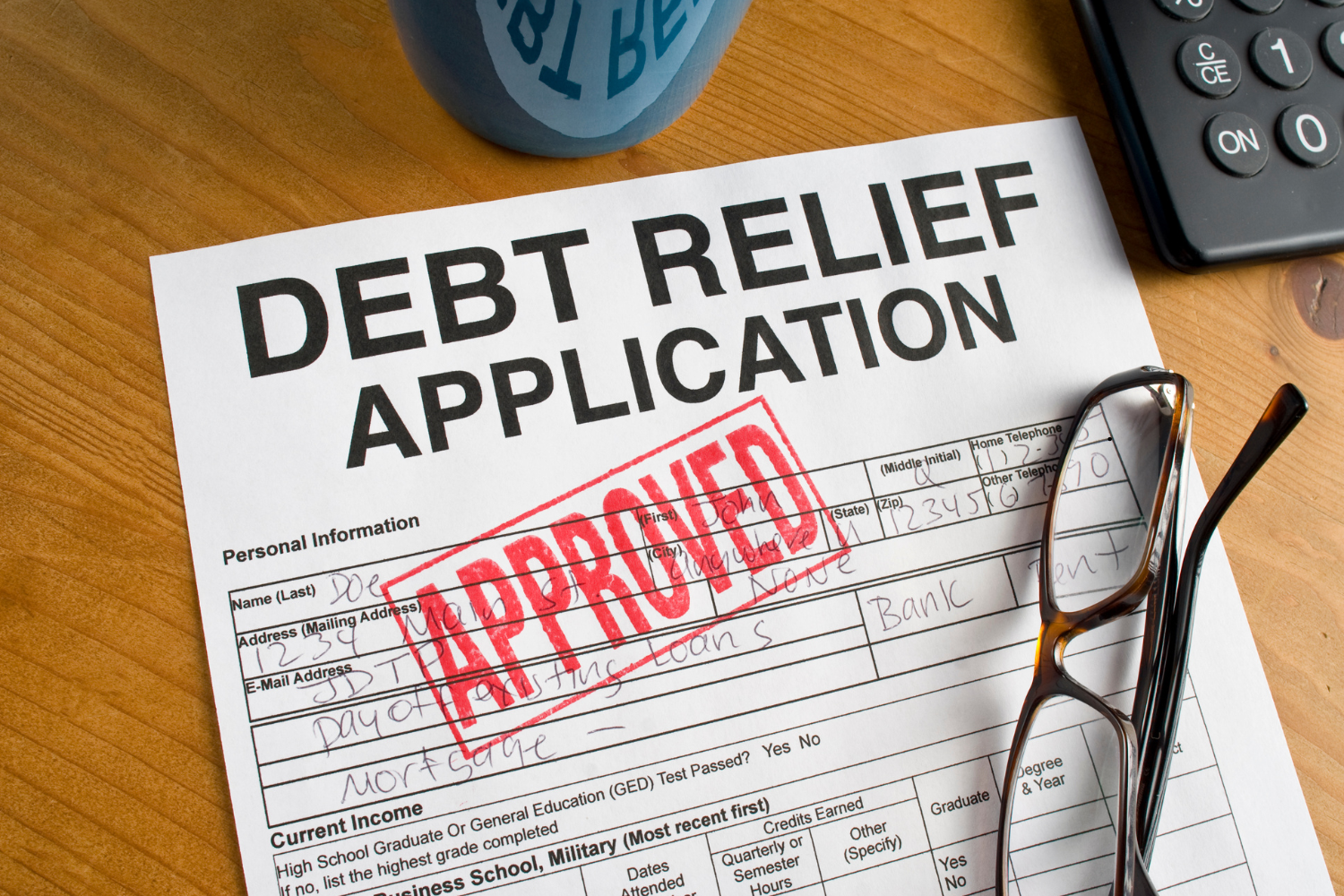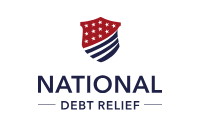Find Out If You Qualify For Federal Debt Relief Plans

If you’re facing overwhelming debt, federal debt relief programs can offer a lifeline to help regain financial stability. But understanding if you qualify—and which option fits your situation best—can be challenging. This guide will help clarify your options, explaining who qualifies and how to leverage reputable services like National Debt Relief, Credit Repair, and Tax Debt Relief to improve your financial health.
1. Understanding Federal Debt Relief Options
Federal debt relief primarily addresses student loans, tax debts, and certain financial hardships. Typical federal relief options include:
- Income-Driven Repayment Plans (IDR)
- Public Service Loan Forgiveness (PSLF)
- Offer in Compromise (Tax Debt Relief)
- Debt Consolidation Loans
Knowing where your debt originates—student loans, tax debts, or unsecured debt—helps you identify the most appropriate solution.
2. Qualifying for Student Loan Relief
Income-Driven Repayment (IDR) Plans: If you’re burdened by student loans, income-driven repayment plans could significantly reduce your monthly payments. To qualify, you typically need:
- Federal student loans (private loans do not qualify)
- Income that demonstrates a financial hardship
Payments under these plans are usually set at 10-20% of your discretionary income. After 20-25 years, remaining balances can be forgiven.
Public Service Loan Forgiveness (PSLF): This program forgives student debt after 120 qualifying payments for employees working full-time for eligible government or nonprofit organizations.
3. Relief for Credit Card Debt
Federal programs rarely cover unsecured debts like credit cards. Instead, consumers typically turn to reputable debt settlement companies such as National Debt Relief.
National Debt Relief helps consolidate your unsecured debts into a manageable monthly payment, negotiating lower amounts with your creditors. To qualify:
- You must have at least $30,000 in unsecured debts
- You should demonstrate financial hardship that prevents timely debt repayment
By leveraging National Debt Relief, many consumers manage to settle their debts for significantly less than what they originally owed, becoming debt-free faster.
4. Repairing Your Credit
Poor credit often accompanies high debt. Improving your credit score can increase your chances of qualifying for federal assistance and securing better interest rates for future credit needs.
Working with professional services like Credit Repair can expedite your credit recovery. They assist by:
- Disputing inaccurate information on your credit reports
- Negotiating with creditors to remove negative items
- Offering strategic guidance to improve your credit profile
Improving your credit not only aids in debt management but also enhances your overall financial health.
5. Tax Debt Relief Programs
If you owe substantial taxes, the IRS provides several relief programs, including:
Offer in Compromise (OIC): This program allows you to settle tax debt for less than the full amount you owe. Qualification requirements include:
- Demonstrating that paying the full debt would cause financial hardship
- Being current on all filing and payment requirements
Installment Agreements: These allow you to pay your tax debt in manageable monthly installments.
Professional services, such as Tax Debt Relief, can streamline your application process and improve your odds of IRS acceptance.
6. Public Service Loan Forgiveness (PSLF)
If you work in public service, PSLF can significantly reduce your debt. To qualify, you must:
- Work full-time for an eligible employer (government, nonprofit)
- Make 120 qualifying monthly payments
- Have a Direct Loan or consolidate other federal loans into a Direct Consolidation Loan
After meeting these requirements, your remaining federal student loan balance could be forgiven, offering substantial financial relief.
How to Check Your Eligibility
Determining your eligibility requires examining your loan types, debt amounts, employment status, income, and personal financial situation. Utilizing online tools from reputable debt relief providers or directly consulting financial advisors can provide personalized clarity.
Leveraging Debt Relief Providers
Using reputable providers can simplify your journey toward financial stability:
- National Debt Relief excels in negotiating unsecured debts, providing a clear pathway to debt settlement.
- Credit Repair offers targeted services to help enhance your credit score rapidly, complementing your debt relief journey.
- Tax Debt Relief specializes in managing complex IRS negotiations, improving your chances of successful tax debt resolutions.
Avoiding Common Pitfalls
While exploring debt relief, avoid these common pitfalls:
- Ignoring your debt until it becomes unmanageable
- Falling victim to debt-relief scams by choosing unvetted services
- Missing important eligibility criteria or application deadlines
Staying proactive, seeking professional guidance, and carefully vetting services significantly improves your chances of successful debt relief.
Getting Started on Your Path to Debt Freedom
Taking control of your financial health starts with understanding your options and leveraging available resources. Whether managing overwhelming student loans, substantial tax debt, or credit card balances, federal debt relief programs combined with reputable private services provide viable solutions.
By identifying the right approach and utilizing trustworthy partners like National Debt Relief, Credit Repair, and Tax Debt Relief, you can confidently embark on your journey to financial stability and long-term debt freedom.
Explore Our Categories

Credit Cards

Debt

Loans

Insurance

Retirement

Home Buying

Investing

Taxes
Free Yourself From Debt

National Debt Relief
✅ Reduce Your Debt – Pay Less Than You Owe!
✅ One Simple Monthly Payment – No More Juggling Bills.
✅ Get Relief From Credit Cards, Medical Bills & More
Ranked #1

